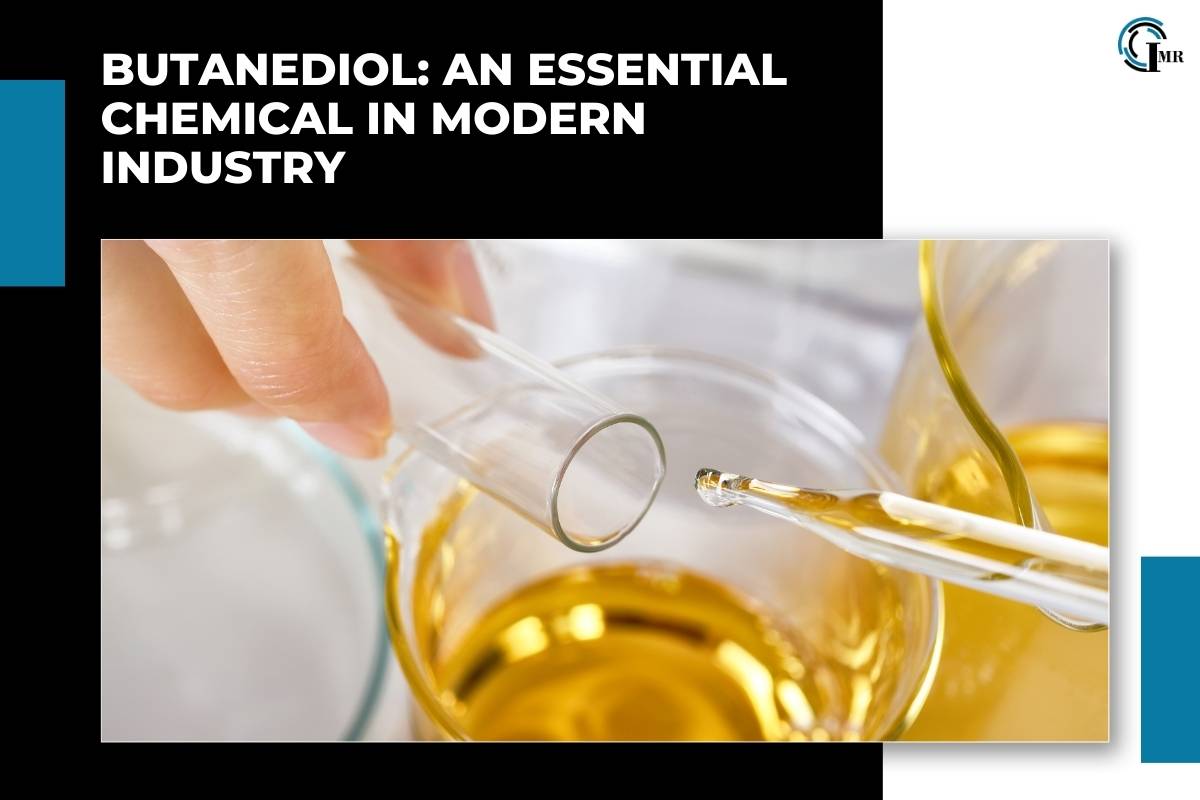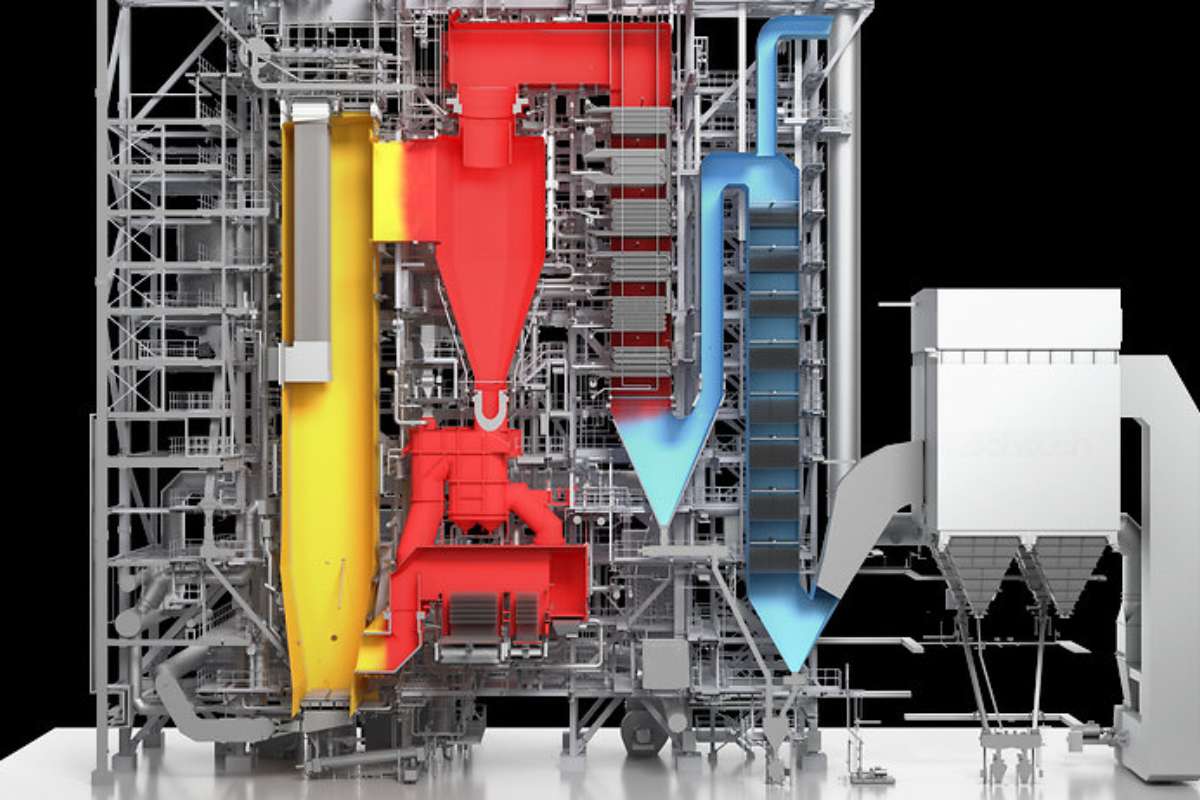Butanediol (BDO) is a versatile chemical compound with significant industrial importance. Its chemical formula is C4H10O2, and it exists in several isomeric forms, including 1,4-butylene glycol, 1,3-butylene glycol, 2,3-butylene glycol, and 1,2-butylene glycol. Among these, 1,4-butylene glycol (1,4-BDO) is the most commercially relevant and widely used in the production of various plastics, solvents, and other valuable chemicals. This article explores the properties, production methods, applications, market dynamics, and prospects of butanediol.
Properties of Butanediol
Butylene glycol is a colorless, viscous liquid at room temperature. It has a high boiling point of around 230°C and a melting point of approximately 20°C. This diol is soluble in water and hygroscopic, meaning it readily absorbs moisture from the air. These properties make it an essential intermediate in the chemical industry.
Production Methods
There are several methods for producing butylene glycol, each with its advantages and specific applications:
Petrochemical Routes: The most common method involves the catalytic hydrogenation of maleic anhydride or its derivatives, such as maleic acid or succinic acid. This process yields high-purity 1,4-BDO, suitable for various industrial applications.
Biotechnological Routes: With increasing emphasis on sustainability, biotechnological production methods have gained attention. Microorganisms like Escherichia coli can be genetically engineered to convert renewable feedstocks such as sugars and glycerol into butylene glycol. This method reduces reliance on fossil fuels and lowers the carbon footprint of production.

Chemical Synthesis: Another approach involves the Reppe process, which uses acetylene, formaldehyde, and hydrogen in the presence of a copper-based catalyst to produce butanediol. This method, though efficient, requires careful handling of acetylene due to its explosive nature.
Applications of Butanediol
Butylene glycol serves as a critical intermediate in the synthesis of numerous products, driving its demand across various industries:
Polyurethanes: 1,4-BDO is a key ingredient in the production of thermoplastic polyurethanes (TPUs). TPUs are used in applications ranging from automotive parts to medical devices due to their flexibility, durability, and resistance to abrasion.
Polybutylene Terephthalate (PBT): BDO is used in the production of PBT, a high-performance engineering polymer. PBT is valued for its mechanical strength, electrical resistance, and dimensional stability, making it suitable for use in the automotive, electronics, and consumer goods industries.
Gamma-Butyrolactone (GBL) and Tetrahydrofuran (THF): BDO is a precursor to GBL and THF, both of which are important solvents in chemical synthesis and polymer production. THF, in particular, is used as a solvent in the manufacture of polytetramethylene ether glycol (PTMEG), which is further processed into spandex fibers.
Solvents and Plasticizers: Butanediol is utilized in the formulation of solvents and plasticizers for use in adhesives, coatings, and inks. These products benefit from the chemical’s ability to improve flexibility and processing characteristics.
Pharmaceuticals: In the pharmaceutical industry, butylene glycol is used as an intermediate in the synthesis of various drugs. Its role in the production of vitamins, antibiotics, and other active pharmaceutical ingredients highlights its versatility.

Market Dynamics
The global butanediol market is driven by its extensive applications in diverse industries. Key factors influencing the market include:
Growing Demand for Polymers: The increasing use of polyurethanes and engineering plastics in automotive, construction, and electronics industries propels the demand for butylene glycol. The shift towards lightweight and durable materials in these sectors further boosts its market growth.
Sustainability Trends: The push towards sustainable and bio-based production methods is reshaping the butylene glycol market. Companies are investing in biotechnological processes to produce BDO from renewable feedstocks, aligning with global sustainability goals.
Technological Advancements: Continuous advancements in production technologies and catalyst development are enhancing the efficiency and cost-effectiveness of butylene glycol manufacturing. These innovations contribute to the overall growth of the market.
Regulatory Environment: Regulatory policies related to environmental protection and chemical safety impact the butylene glycol market. Compliance with stringent regulations requires ongoing investment in cleaner and safer production processes.
Economic Factors: Fluctuations in raw material prices, particularly petrochemical feedstocks, influence the cost structure of butylene glycol production. Economic conditions and trade policies also affect the supply chain and market dynamics.
Future Prospects
The future of the butylene glycol market looks promising, driven by several emerging trends and opportunities:
Expansion of Biotechnological Production: As the industry shifts towards sustainable practices, biotechnological routes for BDO production are expected to gain prominence. Advances in metabolic engineering and fermentation technologies will enhance the yield and efficiency of bio-based butylene glycol.
Development of New Applications: Research and development efforts are likely to uncover new applications for butylene glycol, expanding its market potential. Innovations in materials science and green chemistry will drive the exploration of novel uses for BDO and its derivatives.
Growth in Emerging Markets: The expanding industrial base in emerging economies, particularly in Asia-Pacific, presents significant growth opportunities for the butylene glycol market. Increasing demand for consumer goods, automotive components, and infrastructure development will fuel the need for BDO-based products.
Integration with Circular Economy Models: The adoption of circular economy principles will encourage the recycling and reuse of butanediol-containing products. Developing efficient recycling technologies for BDO-based polymers and solvents will contribute to resource conservation and waste reduction.

Collaborative Initiatives: Collaboration between industry players, research institutions, and government bodies will drive innovation and address challenges in the butylene glycol market. Joint efforts to develop sustainable production processes and regulatory frameworks will support market growth.
Conclusion
Butanediol is a vital chemical with wide-ranging applications in modern industry. Its role as an intermediate in the production of polymers, solvents, and pharmaceuticals underscores its significance. While the market faces challenges related to sustainability and cost management, advancements in production technologies and the shift towards bio-based methods offer promising solutions. As industries continue to prioritize sustainability and innovation, butanediol is poised to remain a cornerstone of industrial chemistry, driving progress and supporting the development of new and improved products.












